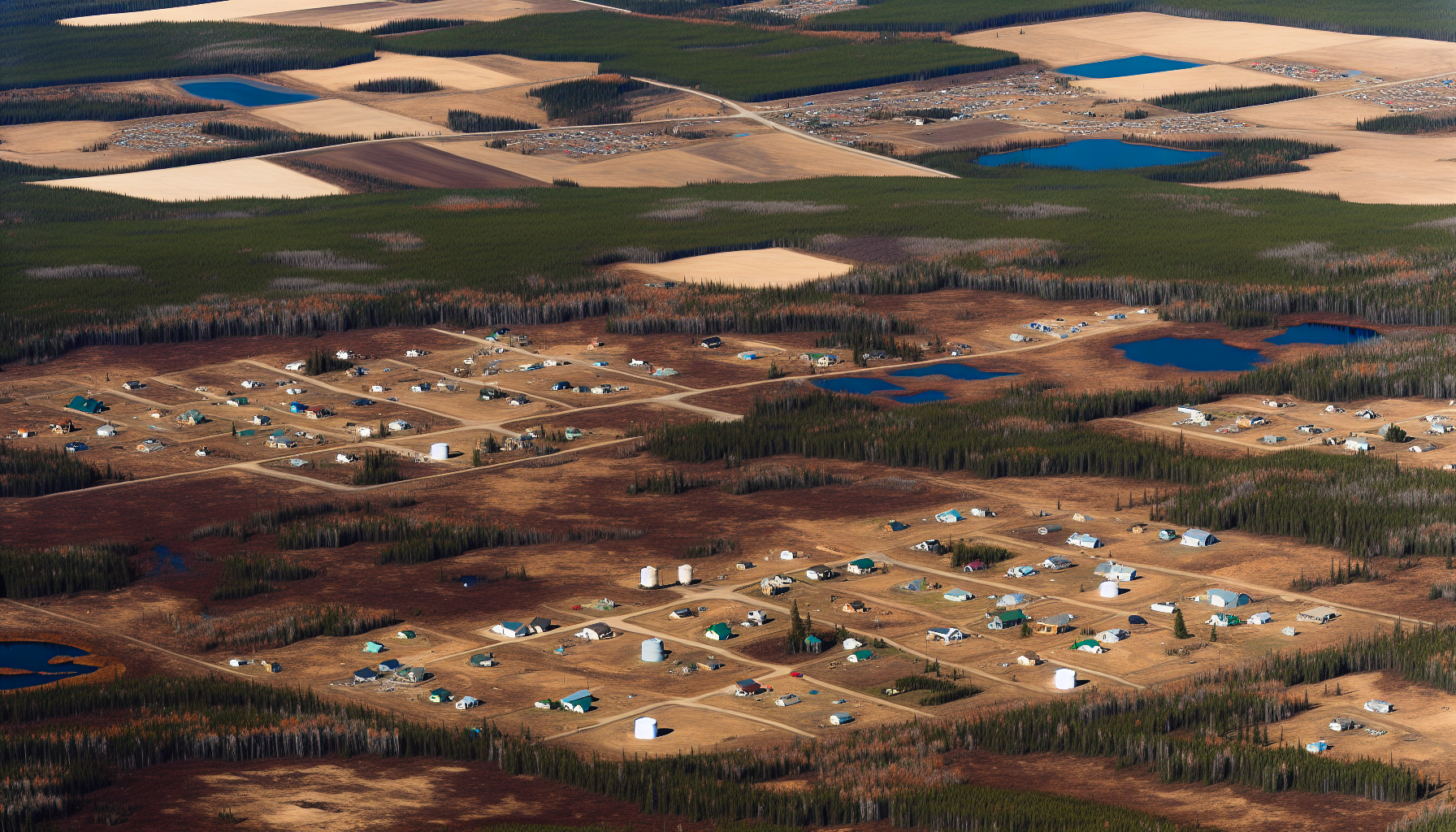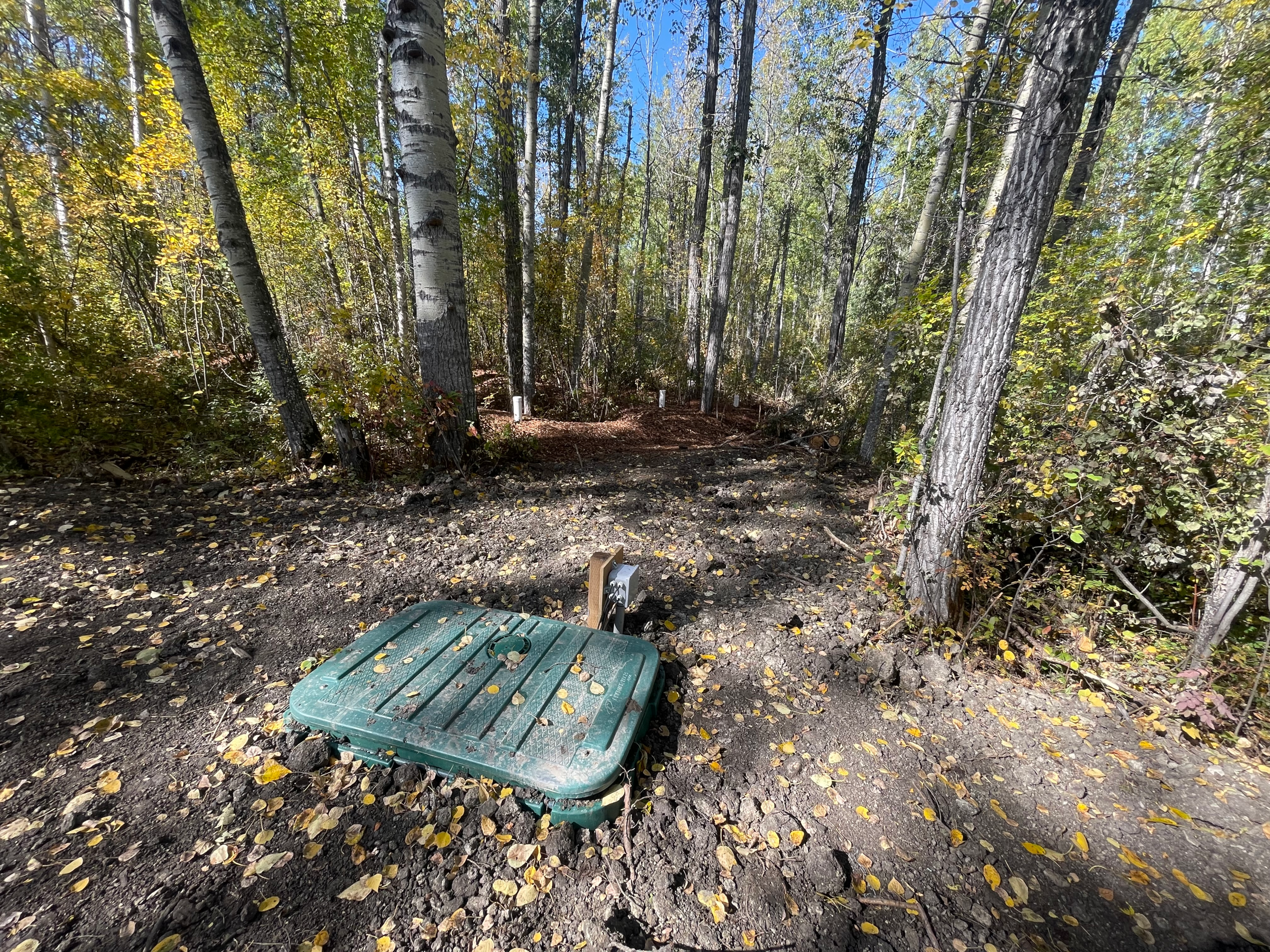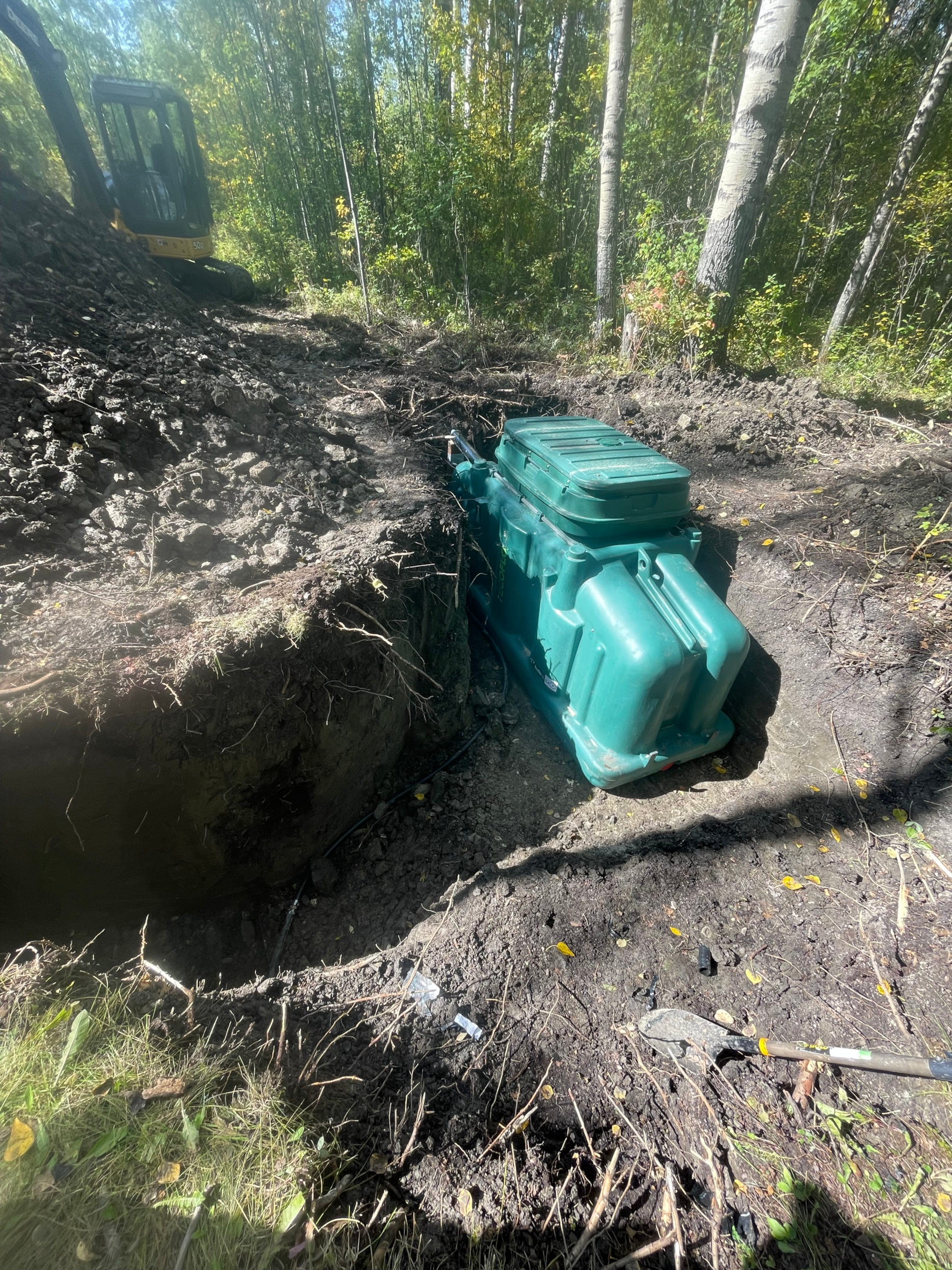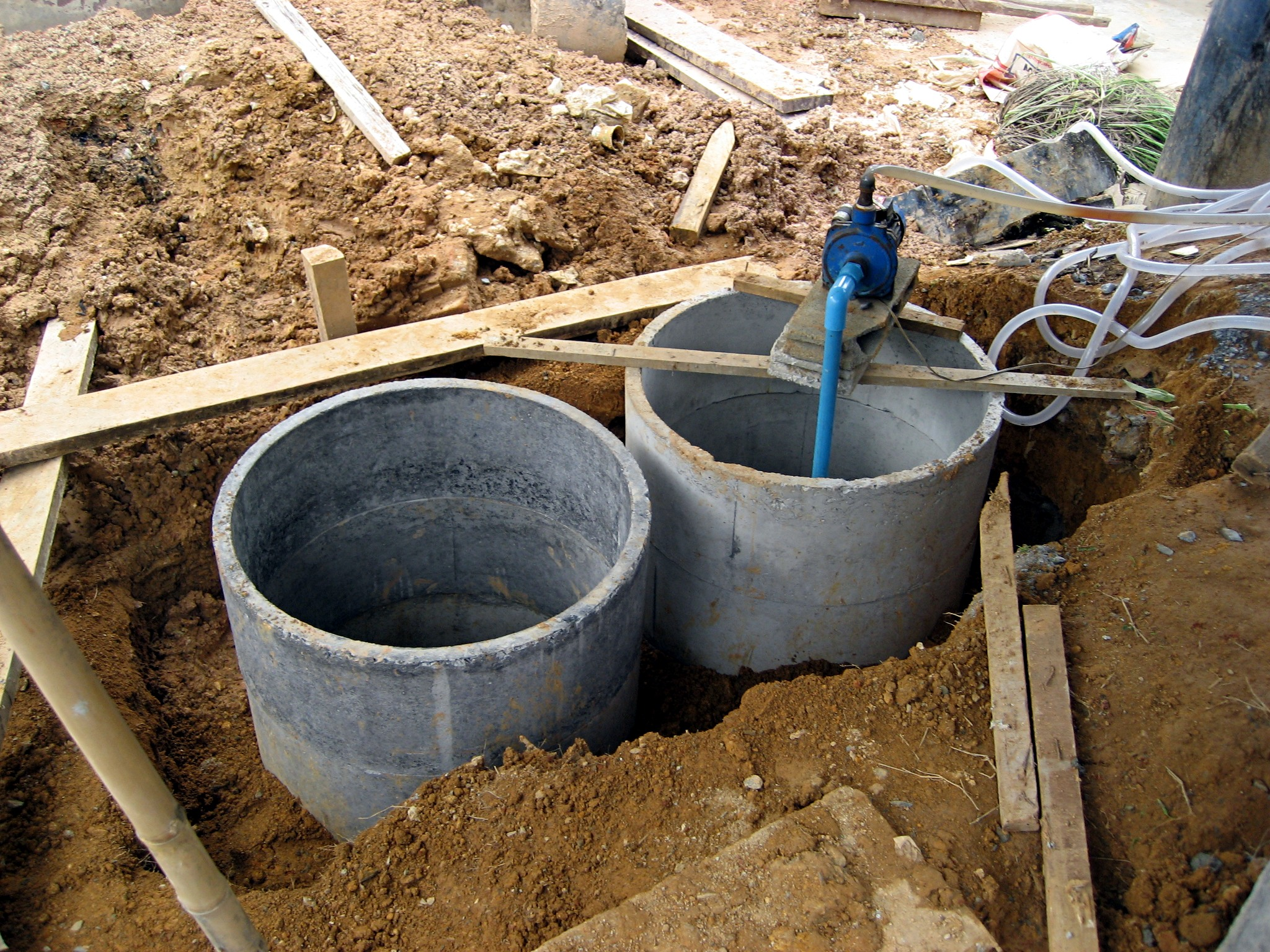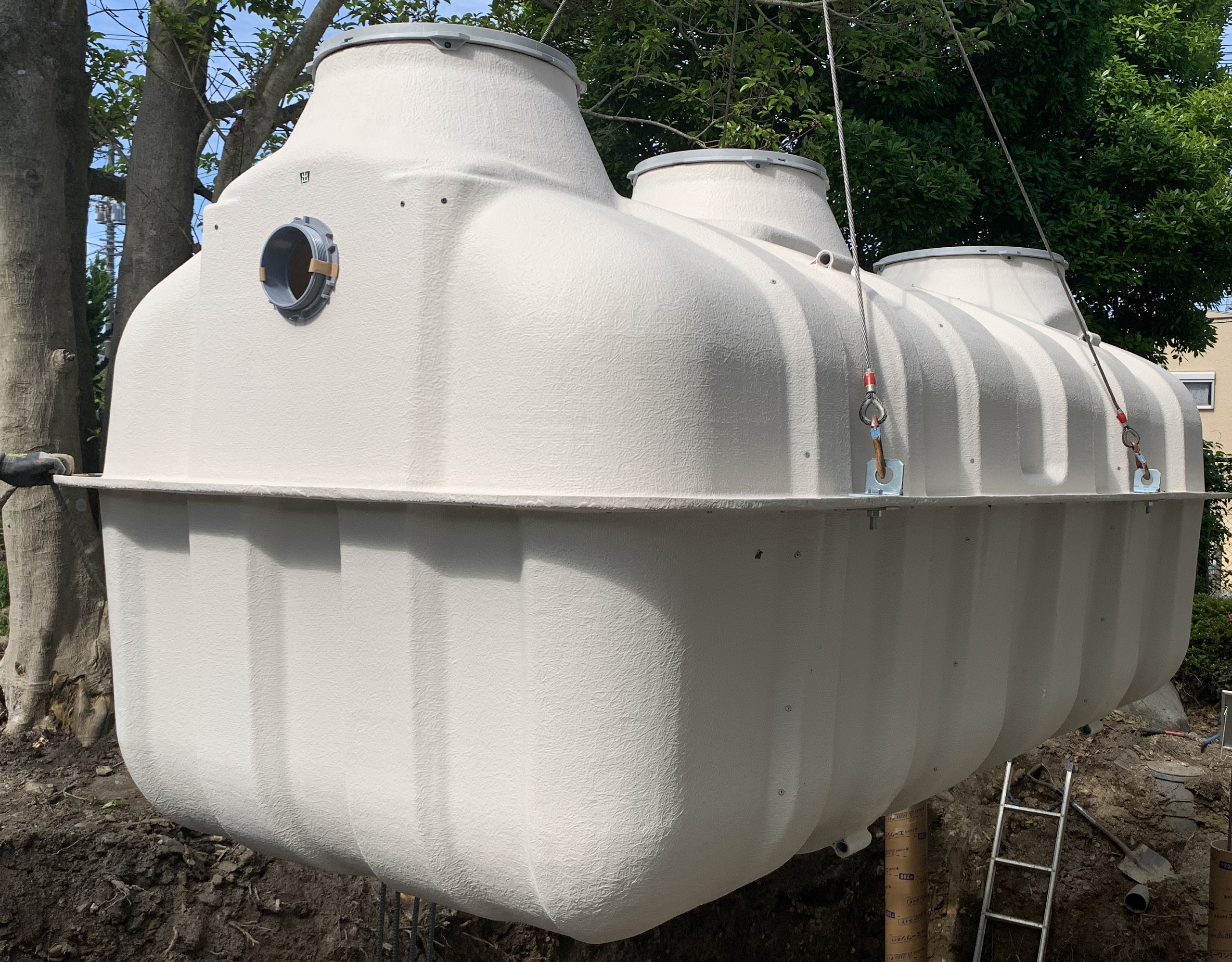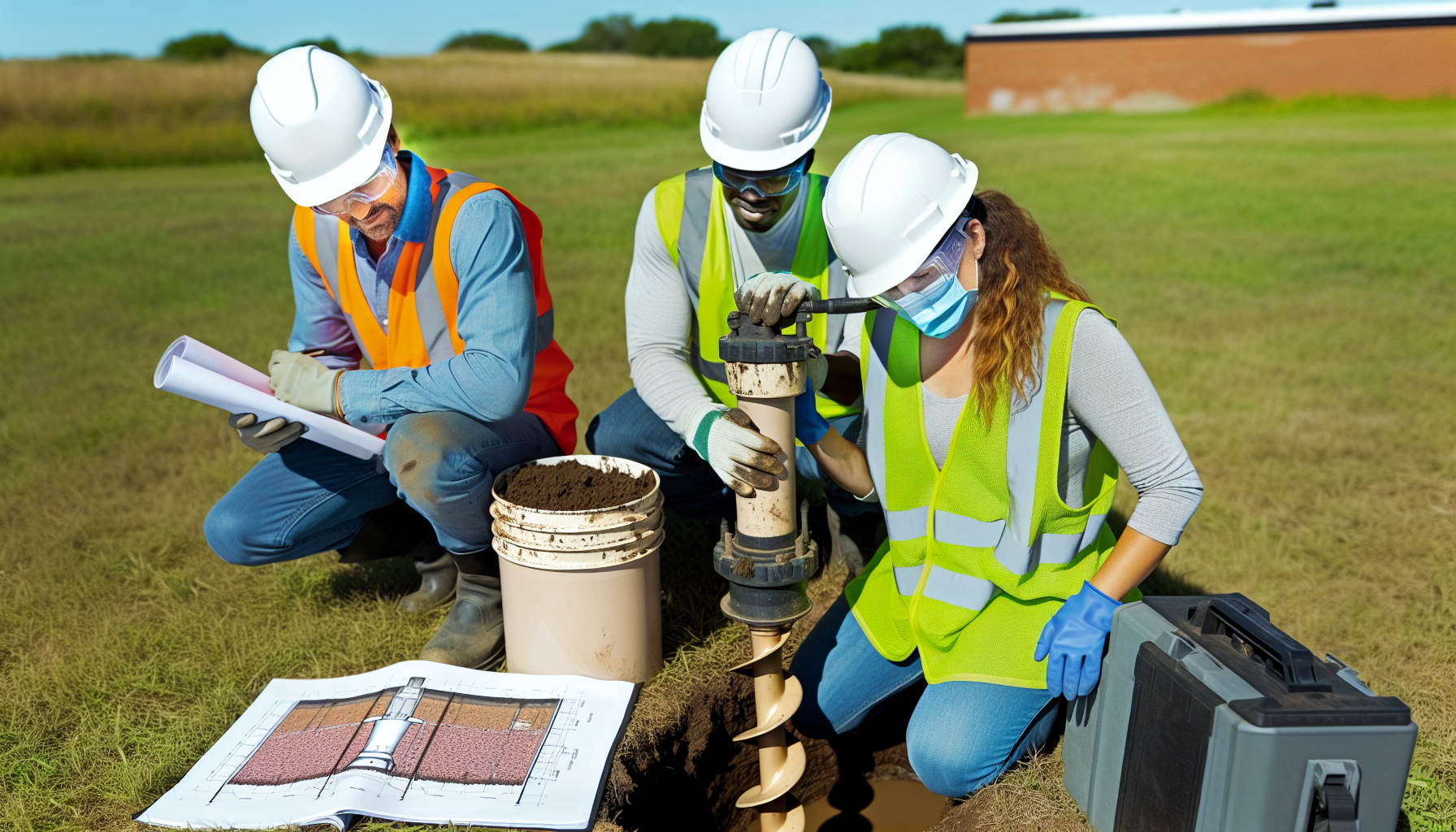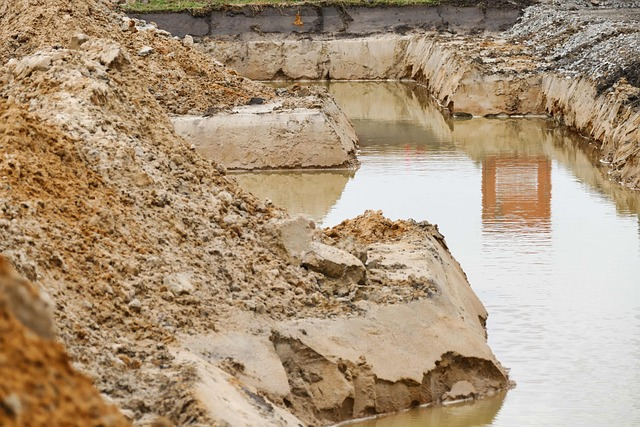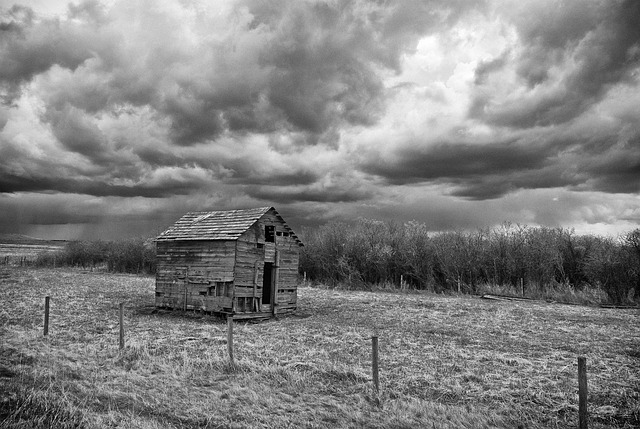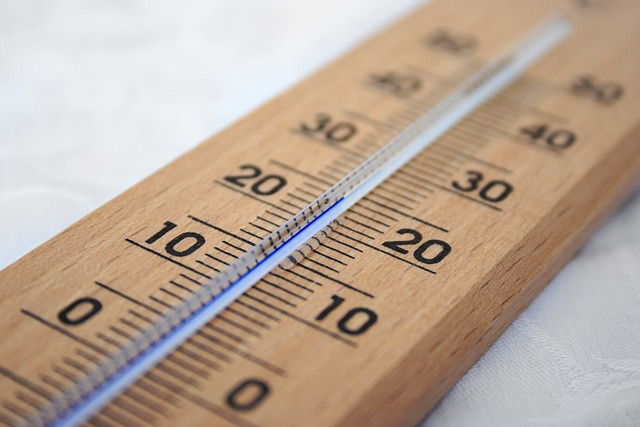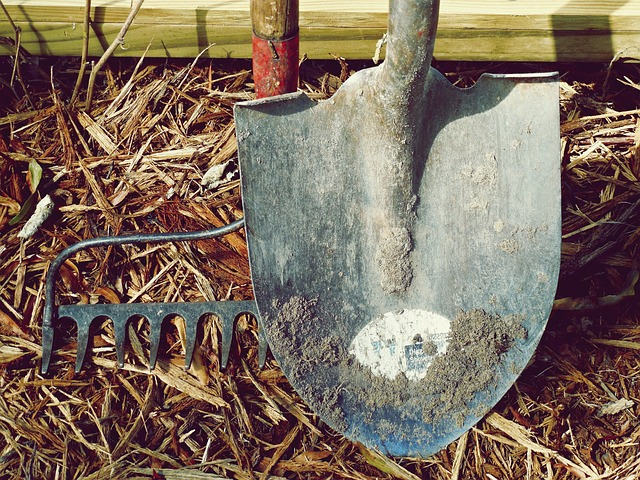Septic System Installation Alberta: Your Complete Guide to Cost, Process, and Tips
Planning a septic tank or system installation in Alberta involves navigating private sewage concerns and understanding how proper treatment can streamline your onsite wastewater management. This article offers insights into the costs, installation process, and local regulations crucial for effective private sewage management. We’ll explore different system types, the importance of soil samples, and how Alberta’s climate influences the installation timelines of your private sewage system. Plus, we'll cover the role of the Onsite Wastewater Management Association in ensuring best practices. Read on for key information to manage your septic system or septic field installation Alberta project effectively.
Key Takeaways
-
Maintenance is vital for the longevity of septic systems in Alberta, with various types available that must adhere to regulations, including the 2021 Standard of Practice.
-
When choosing a septic tank in Alberta, consider material, cost, size, and the importance of regular pumping and inspection to avoid a failed system.
-
The installation of a septic system demands thorough site evaluation, soil samples testing, awareness of local weather conditions, adherence to Alberta's private sewage standards, and engaging certified professionals for optimal functionality.
Understanding Septic Systems in Alberta
In Alberta, septic systems are key for wastewater management and environmental protection. These systems, pivotal in private sewage handling, usually comprise a septic tank for initial wastewater treatment and a septic field for further soil-based treatment.
Issues like sewage backup, slow drainage, or pooled water in yards can signal potential problems in these systems. Avoiding such issues and ensuring your system’s longevity requires proper maintenance, a stance endorsed by the Onsite Wastewater Management Association.
Types of Septic Systems
Alberta employs various septic systems, including chamber, Type 1 and 2, aerobic, at-grade, ground field, and surface discharge systems, each with distinct methods and advantages. Choosing the right system, installed correctly and maintained, is crucial to avoid environmental pollution or health hazards from untreated waste. This decision is paramount in private sewage treatment, where modern systems come equipped with features to ensure safe and efficient sewage processing. Adhering to guidelines from the Onsite Wastewater Management Association and conducting soil samples testing are part of this critical selection process.
The selection process for a septic system should consider all relevant factors to ensure effective handling of waste and prevention of environmental contamination, particularly of water sources. This is especially crucial for rural residents who rely on private sewage systems. When choosing the optimal sewage treatment equipment, modern designs with features that efficiently manage sewerage activity are highly recommended. These designs contribute to safe living standards and enhance the overall quality of life.
Regulations and Permits
In Alberta, the installation of septic systems, a critical component of private sewage management, must comply with specific regulations and standards, including adherence to the 2021 Standard of Practice. Contractors installing these systems must hold a valid certificate of competency and secure all necessary permits. This process involves completing an approved training course and submitting an application for approval, often through a toll-free service, making it a convenient one call solution for residents.
Choosing the Right Septic Tank
Selecting the right septic tank is vital, impacting both the performance and lifespan of your private sewage system. Factors to consider include material type, size, and construction, with a focus on how many bedrooms your household has to determine capacity needs. Regular maintenance of the septic tank, a key component of private sewage systems, is crucial. This includes routine inspections and pumping services to prevent potential issues, ensuring the tank functions effectively and prolongs the system's lifespan.
Concrete Septic Tanks
Concrete septic tanks offer durability and longevity, capable of withstanding damage from heavy machinery, which can make them cost-effective in terms of installation and backfilling. However, they are generally more expensive than plastic tanks and may present installation challenges due to their size and weight. The cost of installing concrete septic tanks in Alberta typically ranges from $2,000 to $5,000, factoring in requirements like a solid base foundation, proper soil compaction, and necessary permits.
Fiberglass and Plastic Septic Tanks
Fiberglass and plastic septic tanks offer advantages such as lighter weight and ease of installation. These tanks are designed to be durable, withstanding buoyancy from rising groundwater levels and offering resistance to corrosion. Plastic septic tanks, in particular, are cost-effective and resistant to water-based damage but may not be as robust as fiberglass or concrete tanks. Pricing for plastic tanks ranges between $500 and $2,500, while fiberglass tanks tend to be more expensive.
Other Types Of Septic Systems
Alberta's diverse climate and soil conditions have led to the adoption of various septic system types, including anaerobic and multiple-chamber systems. Multiple-chamber systems, which use plastic chambers instead of gravel, are well-suited to Alberta's varied conditions. Constructed wetland septic systems, which mimic natural wetlands to treat wastewater, are also gaining popularity. Additionally, aerobic septic systems use aerobic microbes to break down waste materials effectively.
Site Evaluation and Soil Testing
Prior to installing a septic system, it is important to conduct a site evaluation and soil testing. These evaluations are crucial in determining the best location for the system and assessing if the soil can support its operation. The classification of the soil as well as groundwater levels are key factors that impact both design and install decisions.
Soil Classification
Soil classification is a method used to categorize soils based on characteristics like texture and grain size, which play a critical role in the design and installation of septic systems.
When it comes to conventional septic systems, sandy or loamy soils with low clay content (known as Group I and II) are optimal because they effectively filter effluent, ensuring that returned water is clean for reuse.
Having an understanding of soil conditions and conducting thorough analysis through soil samples is essential for successful install of these important systems.
Groundwater Levels
Installing septic systems is greatly impacted by groundwater levels. In areas where the water table is high, extra care must be taken to ensure that water does not enter the septic tank or saturate the drainfield. Thus, it is crucial to assess and monitor groundwater levels for proper functioning of the system.
In locations with high groundwater levels, treatment mounds are often recommended as they can effectively handle such conditions. This type of system allows for adequate treatment despite challenging environmental factors like excessive underground water.
What Role Does Alberta Weather and Its Winter Temperature's Have in Considering Septic Systems Installations
The effectiveness of septic systems in Alberta can be greatly affected by the harsh winter weather. Freezing temperatures have the potential to cause damage and disrupt normal functioning. The frigid climate may hinder or even halt sewage processing within these systems.
In order to prevent such problems during winters, it is important to take preventive actions such as insulating pipes and tanks, as well as being mindful of water usage habits.
What Temperatures or Season's Can Installations Take Place
Septic system installation in Alberta typically requires higher temperatures than the ambient soil conditions, with a difference of 10-20 degrees Fahrenheit between the effluent and surrounding environment. While it is possible to install septic systems at any time throughout the year, frost depth during different seasons can affect septic field installations.
Winter weather must also be taken into account as freezing temperatures may cause issues or require repairs or replacement for these systems. So, careful consideration should be given to ensure successful installation and operation of septic systems regardless of environmental factors present in Alberta.
Septic System Design and Installation Process
The process of designing and installing a septic system involves several steps, beginning with determining the budget and submitting a proposal. This is followed by analyzing soil conditions and estimating costs, before moving on to construction and maintenance.
Important factors like local regulations, zoning requirements, suitable tank size/type, and type of wastewater must be carefully considered during the design phase.
During installation, the site will undergo thorough evaluation in order to determine optimal placement for the septic system.
The composition of soil will also be assessed to ensure effective treatment of sewage waste disposal. Every effort will be made to securely install this vital infrastructure while adhering strictly to all relevant rules set out by authorities.
Planning and Design
During the planning and design stage, it is necessary to conduct a thorough evaluation of the site in order to assess its topography, drainage patterns, and distance from water sources. Adhering to private sewage codes and standards regarding design criteria, installation guidelines, and material requirements is crucial.
Following completion of the design phase comes obtaining permits for installation. This involves following several sequential steps including: examining local regulations as well as zoning necessities, determining an appropriate septic tank size, excavating space on-site for both the septic tank itself as well as its accompanying drain field system.
Installation Best Practices
When installing a septic system, it is important to follow best practices which include conducting a thorough site evaluation, obtaining necessary permits and researching local regulations.
In Alberta, the typical depth for installation ranges from 18 inches to 36 inches for pipes and 6 to 8 feet for the tank’s bottom. The province has established private sewage standards that outline design and installation guidelines specifically related to distance requirements between the house and septic system.
Maintaining Your Septic System
It is important to properly maintain your septic system in order for it to last and function effectively. Regular tank inspections and pumpings, avoiding the use of harmful chemicals, checking for leaks, maintaining the leach field, and minimizing excessive water usage are all key steps in a maintenance routine that will help keep your septic system running smoothly.
Signs that there may be issues with a septic system include slow drainage, sewage backups, unpleasant odors, and standing water. Neglecting proper maintenance can lead to serious consequences such as complete failure of the system, requiring expensive repairs or replacement, health hazards, pollution, and reduced capacity due to the buildup of solid waste.
To avoid these problems, it’s crucially important to stay on top of regular maintenance for your septic system. Failure to do so can have a detrimental effect on the functionality and safety of said tank as well as any nearby pipes or entire plumbing network. Nevertheless, a constant watch kept over these helps us prevent future unwanted problems with our homes’ internal mechanisms.
Regular Pumping
It is crucial to regularly pump septic tanks in order to avoid clogs, blockages, and potential system breakdowns. In Alberta, the recommended frequency for pumping septic tanks ranges from every 1 to 3 years depending on tank size and usage.
Regularly scheduled pumping not only increases the efficiency of processing sewage within the system, but also helps prolong its lifespan. By properly maintaining and servicing your septic tank through regular pumps you can ensure optimal functioning for many years ahead.
Inspections and Repairs
Regular maintenance and checks are crucial for optimal septic system functioning. In Alberta, it is recommended to have qualified service providers inspect the septic systems every 12-36 months. Common problems that may be found during inspections include damaged or overflowing tanks, blocked outlet baffles or effluent filters, and obstructed inlet and outlet pipes.
It is important to address any significant issues discovered during an inspection through professional repairs in order to ensure proper functioning of the septic system.
Hiring a Certified Septic System Installer
A successful installation of a septic system requires the services of a certified installer. In order to obtain permits for installing private sewage systems in Alberta, installers must possess both a Private Sewage Certificate and be listed on the Government’s certification roster.
It is essential to inquire about an installer’s licensing, length of experience in the field, knowledge regarding septic systems, insurance coverage, and certification status when considering potential candidates.
Certification Requirements
The Government of Alberta requires individuals to possess a Certificate of Competency in order to become certified septic system installers. This can be obtained by completing an eight-day training course through a government-approved entity, which covers the standards outlined in the Alberta Private Sewage Systems Standard of Practice.
There are various certifications available for installing private sewage systems and industry training programs provided by the onsite wastewater management association within Alberta.
These programs cater specifically to Onsite Wastewater Professionals who play a crucial role in managing and maintaining these types of systems throughout the province.
Tips for Choosing an Installer
When selecting an installer for your septic system, it is essential to ask about the following:
-
Whether they are licensed
-
Their experience in this field
-
Their expertise with septic systems
-
If they have insurance coverage
-
The status of their certification
It would also be advantageous to take into consideration their reputation and level of service. Established professionals who have a positive standing are dedicated to providing top-notch work and resolving any issues that may arise during or after the installation process.
Pros and Cons Of Repairing an Aging Septic Field or System or Replacing A Septic System
As homeowners, one of the most important decisions we may face is whether to repair or replace an aging septic system. When a septic system becomes old, it can encounter various problems such as clogged pipes, blocked inlet baffles, slow drainage in sinks and toilets, a saturated leach field and buildup in the septic tank.
In Alberta specifically, repairing a faulty septic system can cost anywhere from $2 000 to $5 000 on average while replacing it could range between $1 500 and $5 000.
What's Cost Effective?
In terms of cost-effectiveness, repairing and replacing a septic system have their own factors to consider. The expense for fixing issues with a septic system can range from $3,000 to $15,000 for tasks such as drain field replacements or repairs. On the other hand, installing a new engineered septic system typically costs between $7,000 and $20,000 in maintenance expenses.
It is important to note that there are government grants available in Alberta specifically for the replacement of wastewater systems. These include programs like the Alberta Municipal Water/Wastewater Partnership and those provided by the Federation of Canadian Municipalities, which cover up to half (50%) of eligible costs associated with upgrading your drainage infrastructure.
Hiring The Right Certified Septic System Installation Company
In Alberta, choosing the right company for septic system installation is crucial to ensuring a successful project. For nearly 20 years, Waste Water Solutions has been providing certified services including expert installation and repairs, as well as evaluations and additional options such as freshwater cisterns for rural properties. Trust our experienced team with all your septic system needs.
Frequently Asked Questions When Looking For a Septic System in Alberta and Septic System Design
When searching for a septic system in Alberta, there may be numerous inquiries to consider. These include understanding the average cost of a septic system, familiarizing oneself with the installation steps involved and grasping the necessary maintenance requirements.
It is essential to know where to locate a certified installer for your septic system and how their experience and expertise can be evaluated before making any decisions.
Why Waste Water Solutions Near Edmonton Is A Great Fit
Waste Water Solutions located West of Edmonton is an ideal option for your septic system needs in Alberta. Offering residential and commercial development of septic tank and treatment systems. Waste Water Has installed hundreds of septic tanks and private sewage systems across Alberta.
They specialize in:
-
Setting up septic systems
-
Fixing any issues with existing systems
-
Conducting thorough assessments of the current system’s condition
-
Supplying freshwater tanks for rural properties
With a track record dating back to 2003, their exceptional service has garnered praise and established them as a trusted provider.
For top-notch installation and upkeep of your septic system, look no further than Waste Water Solutions, contact them today!
Summary
Septic systems play a vital role in our modern society, especially for rural areas like Alberta. It is important to select the appropriate system and understand its installation process while adhering to maintenance guidelines and hiring certified professionals.
With numerous options available for septic systems in Alberta, there is always an ideal solution for every household’s specific needs when it comes to efficient wastewater management.
Frequently Asked Questions
How much does it cost to put in a septic system in Alberta?
The installation of a septic system in Alberta typically comes at a cost range between $25,000 and $30,000, which also covers the inclusion of a compact biofilter.
Can you install your own septic system in Alberta?
Individuals in Alberta have the option to obtain a private sewage permit for the installation of their own septic system, as long as they fulfill all legal requirements and submit necessary documentation.
How deep is a septic field in Alberta?
In the province of Alberta, septic fields consisting of concrete tanks have been known to be buried up to 5 meters (16 feet) deep in order to accommodate for any potential shifting of the ground due to Chinook winds.
What kind of septic systems are in Alberta?
Septic tanks in Alberta are typically made of concrete, fibreglass, or poly (plastic), each material having its own pros and cons. It is important to ensure that all septic tanks are CSA certified.
What steps are involved in the installation of a septic system in Alberta?
In Alberta, the installation of a septic system requires completion of a training course and submission of an Installer Application for approval. Planning the process is also necessary, including budgeting and understanding associated costs involved with installing the system.
comments powered by Disqus
